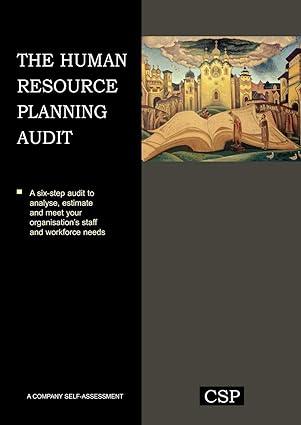
Each month, Zeko should satisfy the demand, which is o item with probability 14, 2 items with probability 12, and 4 items with probability %. At the beginning of each month, after observing the inventory level, the company makes a production decision based on one of the production policies given below. Assume that there is no production setup cost and that the unit production cost is $20/item. After satisfying the demand, the company pays a holding cost for the items in the inventory at the end of each month. The cost of holding an item in inventory for one month is 10$/item/month. If any portion of the demand in a given month cannot be satisfied, a penalty cost is incurred, and the unsatisfied demand is assumed to be lost. The unit penalty cost is $5/item. Policy 1: If the inventory level is less than or equal to 2, produce 2 units; otherwise, no production Policy 2: If the inventory level is less than or equal to 2, produce 1 unit, otherwise, no production By finding their average monthly costs using Markov chains, determine which policy is better. Each month, Zeko should satisfy the demand, which is o item with probability 14, 2 items with probability 12, and 4 items with probability %. At the beginning of each month, after observing the inventory level, the company makes a production decision based on one of the production policies given below. Assume that there is no production setup cost and that the unit production cost is $20/item. After satisfying the demand, the company pays a holding cost for the items in the inventory at the end of each month. The cost of holding an item in inventory for one month is 10$/item/month. If any portion of the demand in a given month cannot be satisfied, a penalty cost is incurred, and the unsatisfied demand is assumed to be lost. The unit penalty cost is $5/item. Policy 1: If the inventory level is less than or equal to 2, produce 2 units; otherwise, no production Policy 2: If the inventory level is less than or equal to 2, produce 1 unit, otherwise, no production By finding their average monthly costs using Markov chains, determine which policy is better







